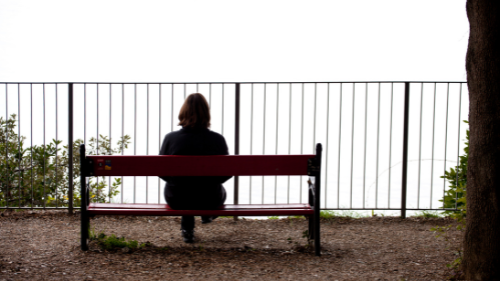Being Alone Doesn’t Always Hurt: Discover the Types of Solitude and How to Live Them in Peace
Being alone doesn’t mean being empty. There are kinds of solitude that
hurt—but there are also others that heal. Most people fear being with
themselves because they associate solitude with abandonment, sadness, or
failure.
But it isn’t always that way.
Being alone is a way to hear yourself again, to find yourself without the noise
of others.
Understanding the different types of solitude allows you to stop running from
it and learn to live it peacefully—without fear or guilt.
Not All Solitude Is the Same
There’s a solitude that weighs you down and another that sets you free. The
first one appears when you feel disconnected—even surrounded by people. That’s
emotional solitude, the feeling of not being understood, of being present but
not belonging. It happens in empty relationships, superficial friendships, or
routines that no longer fulfill you. That kind of solitude hurts, and if you
don’t face it, it can turn into deep sadness.
Then there’s the necessary solitude—the one the soul seeks to rest. The chosen
solitude that gives you space to think, heal, and reconnect with yourself. In
therapy, many people discover they’re not depressed—they just needed silence.
Learning to recognize which type of solitude you’re experiencing helps you
avoid confusing isolation with introspection.
How to Make Solitude a Livable Place
Stop running from silence. Don’t fill every free moment with distractions. Put
your phone away for a while, take a walk alone, listen to your thoughts. It may
feel uncomfortable at first, but later it becomes liberating.
Chosen solitude becomes healthy when you use it to get to know yourself—what
you like, what you need, what makes you feel good.
Cultivate genuine connections. It doesn’t mean isolating yourself from love or
the world—it means surrounding yourself with relationships that add to your
life, not ones that merely fill voids. Enjoy the company of others without
losing your own.



